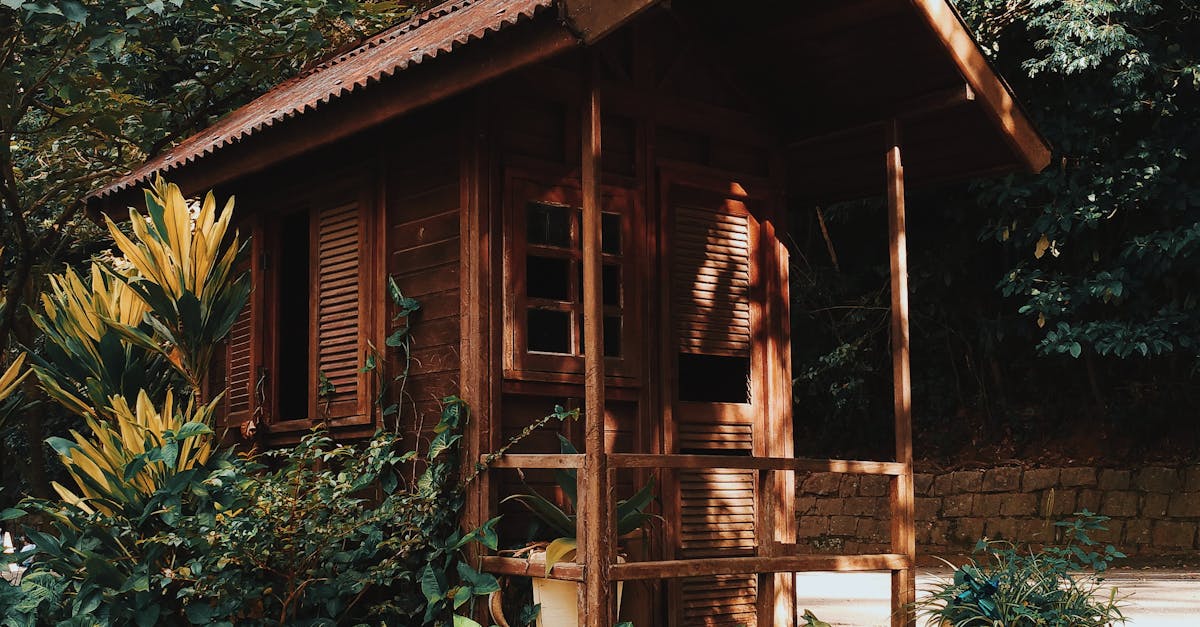
Tips for Maintaining Your Asphalt Shingle Roof
Table Of Contents
dentify any branches that are dead, damaged, or at risk of falling. Promptly remove any branches that may pose a threat to your roof to safeguard it from potential damage. Additionally, consider consulting with a professional arborist to assess the health and safety of trees near your home to minimise the risk of falling branches and protect the integrity of your asphalt shingle roof.
Sealing Roof Leaks
Roof leaks can be a common issue faced by homeowners with asphalt shingle roofs. To address this problem, it is crucial to act promptly and seal any existing leaks to prevent further damage to your roof and home. One effective way to seal small cracks and leaks in your asphalt shingles is by using roofing cement. This durable and weather-resistant material can help to create a strong seal, ensuring that water does not penetrate your roof and cause interior damage.
When applying roofing cement to seal leaks, it is important to carefully follow the manufacturer's instructions to achieve the best results. Begin by cleaning the area around the leak thoroughly to remove any dirt, debris, or old sealant. Then, apply the roofing cement generously over the crack or gap, ensuring that it covers the damaged area completely. Allow the cement to dry and form a solid seal before inspecting the repaired area to ensure that the leak has been successfully sealed. By taking proactive steps to seal roof leaks promptly, you can protect your home from water damage and prolong the lifespan of your asphalt shingle roof.
Using roofing cement to seal small cracks
Small cracks in your asphalt shingle roof can lead to significant water damage if left untreated. To prevent water from seeping through these cracks, it is essential to use roofing cement as a sealing solution. Roofing cement is a versatile material that can effectively seal small cracks and gaps, keeping your roof watertight and secure.The Benefits of Clay Tiles for Roof Replacement
When applying roofing cement to seal small cracks in your asphalt shingle roof, make sure to clean the area thoroughly before starting. Remove any debris or dirt using a stiff-bristled brush and then apply the cement generously over the cracks. Use a putty knife to spread the cement evenly and ensure that it covers the entire damaged area. By taking these proactive steps, you can safeguard your roof from potential water leaks and prolong its lifespan.
Professional Roof Inspections
Professional roof inspections are a crucial aspect of maintaining the longevity and structural integrity of your asphalt shingle roof. It is recommended to schedule annual inspections by a qualified roofer to assess the condition of your roof and identify any potential issues before they escalate into costly repairs. During these inspections, the roofer will thoroughly examine the shingles, flashing, gutters, and overall condition of the roof to ensure that it is in optimal shape.2024-07-03
Roof inspections conducted by professionals can help detect early signs of damage such as missing or damaged shingles, leaks, and potential weak spots. By addressing these issues promptly, you can prevent more extensive damage to your roof and the interior of your home. Regular inspections also allow for proactive maintenance measures to be taken, saving you money in the long run and extending the lifespan of your asphalt shingle roof.
Scheduling annual inspections by a qualified rooferTable Of Contents
Scheduling annual inspections by a qualified roofer is crucial for maintaining the integrity of your asphalt shingle roof. These inspections help in identifying any potential issues early on, allowing for timely repairs and preventative maintenance. By having a professional roofer assess the condition of your roof annually, you can ensure that any small problems are addressed before they escalate into larger, more costly issues.Fire Resistance
Related LinksAre clay tiles able to withstand harsh Australian conditions?
Environmental Impact of Asphalt Shingle RoofingPros and Cons of Asphalt Shingle RoofingAre clay tiles cost-effective in the long run?
CostEffectiveness
For many homeowners in Australia, building and maintaining a property can become a hefty expense over time. Opting for clay tiles for roof replacement may initially seem as a significant investment, but in the long run, it can prove to be a cost-effective choice. Clay tiles are known for their durability and longevity, requiring less frequent repairs and replacements compared to other roofing materials.